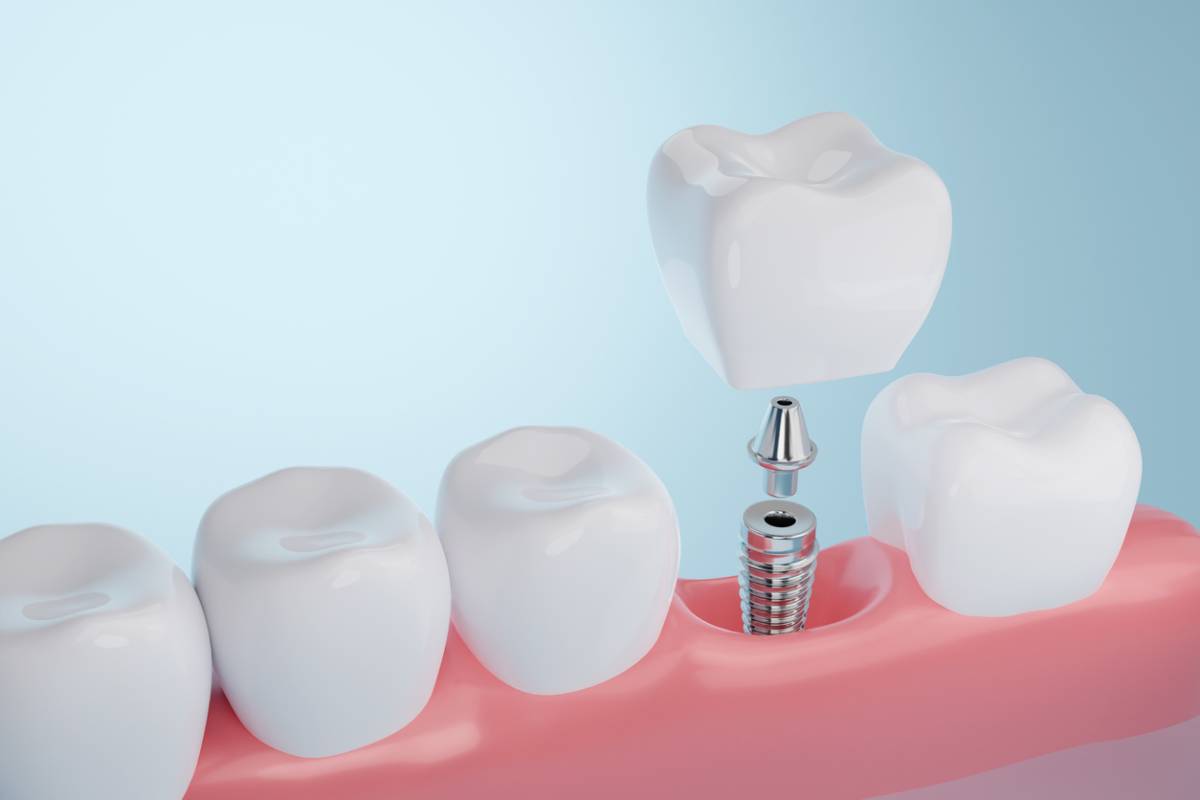Dental implants are one of the most long-lasting options when it comes to teeth replacement. With proper care, dental implants can serve you a lifetime because the material they are made of does not decay. Compared to such options as dentures and bridges, dental implants are a permanent teeth replacement solution. The full process of installing the implants can sometimes take a long time to complete, too. That is why patients want to know if this solution is right for them and if their dental implants can be removed if necessary. But can dental implants be removed?
Can Dental Implants Be Removed?
The short answer is yes, they can be removed. However, it is important to know how dental implants work and what the removal process is like to understand what the process is going to look like for you.
How Do Dental Implants Work?
Installing dental implants is a surgical procedure that replaces missing teeth with new, artificial ones. Usually, receiving dental implants takes multiple visits. The surgery involves inserting metal posts in the place of the teeth roots. Dental implants are a good option when, for example, dentures or bridgework is impossible due to the lack of natural teeth roots. Implants are also great for anyone who wants a permanent set of teeth that serve and look just like the real ones.
After dental implants are installed, the process of recovery involves the jawbone healing around the implant—the titanium of the implant fuses with the bone. When complete, this ensures highly reliable support for the new teeth. The condition of the patient’s jawbone and the type of dental implant can affect the way the surgery is done and the time the healing process takes. Usually, the healing of the bone takes several months, as it is naturally not a fast process. Ask your dentist for more specific information regarding your case.
How Dental Implants Can Be Removed?
As we described, the procedure of installing dental implants is considered complete when the process of healing and integration is finished. That is why removing dental implants is typically much easier when the implant has not yet fused with the bone completely. Usually, the procedure of removing dental implants is done under anesthesia. The medical specialist first removes the crown, the abutment, and the implant itself.
Dental implants that are fully fused with the bone are not so easy to remove. In some cases, the procedure can cause some damage to the bone tissue. However, the dental implant removal is still considered to be a minor surgical procedure.
Is It Painful to Remove Dental Implants?
The team of our specialists always tries to ensure that the pain the procedure might cause is close to a minimum. On top of that, we take great care to minimize the damage that can be done to the tissue around the implant in the process of removal.
How Long Does the Removal Procedure Take?
Depending on the complexity of the case and on the state of your jawbone, the removal procedure can take somewhere from 10 to 60 minutes or more.
The Reasons to Remove Dental Implants
Every case is unique, but generally, there are several common reasons for removing dental implants:
The position of the implant has to be changed
This procedure is often called revision implant surgery. It might be necessary when the alignment of the teeth is not ideal, which leads to an imperfect bite. In such cases, the position of the implant is changed to achieve the desired alignment and bite.
An Infection Around an Implant
The gum disease around the implants can occur similarly to the gum disease around your natural teeth. Unfortunately, it can be difficult to notice gum disease until it gets quite severe. In such cases, there can be little left to do but to remove the dental implant and to treat the gum disease.
In the case of gum disease, removing an implant can actually be quite easy. The tissue connected to the implant might be loosened or eaten away by the infection. Unfortunately, the healing process can be quite long and difficult. Particularly if the bone has undergone severe decay due to gum disease. Only after the bone is fully healed and rebuilt, the new implant can be installed.
Implant Failure
This means the implant did not attach to the bone all the way. So the implant got rejected by the body, infection occurred, or too much force was being put on the implant, causing it to get loose. These issues might occur during earlier healing stages. for example, the first two or three months after installment. Or in later stages, after a year. These situations call for implant removal and subsequent replacement if possible.
Dental Implant Is Broken
Sometimes, a dental implant can break and has to be removed and replaced. This does not happen often, but the constant biting force occasionally might cause the implant to break.
Sometimes, removing dental implants can be unavoidable and the procedure can seem daunting, but the highly experienced OC Dental Specialist will make sure to give you a full personalized consultation and to make the procedure as easy as it can be for you.

